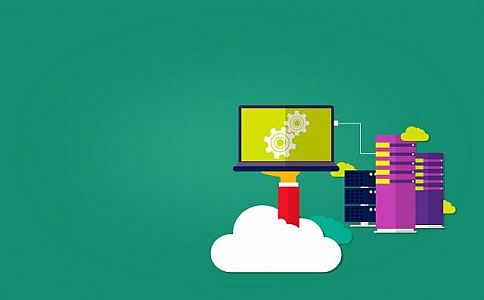
To carry out the host security, we will look at few things like Anti Malware, Anti Spam, Anti Spyware, Pop Up Blockers and other similar things.
Anti Malware is the malicious software that find their way to connect to the computer. We have external hard drives, discs and others can affect the system. So to correct this our system will need Anti Malware. The software will look at viruses, worms and Trojans. These software have been specifically designed to find the signatures of the malware. We must definitely update the signatures to identify the latest attacks.
Anti Spam refers to the spam filters that Organization use to ensure that the unsolicited emails are prevented to get into the user’s inbox. The idea is to limit the users and prevent inbox congestion using these anti-spam. Modern anti-spam covers a broad spectrum of filters, scanners, and other type of applications.
To sort emails, anti-spam service providers may monitor the email signatures, IP addresses, or other data which reduces spam. The emergence of the anti-spam software adds to the ongoing conflict between the email recipient and unsolicited email senders.
Anti Spyware is a software program that is designed to prevent and detect unwanted program installations. After the detection, it will remove these software. The detection may be Rule-based or based on download definition files that identify currently active spyware programs.
Pop-Up Blockers, a program that blocks the pop-ups from displaying in a user’s web browser. One problem with the pop-up blockers is that they cannot always identify between the wanted or user requested and unwanted pop-up window.
Enterprise use Host Based Firewalls to protect the systems on internal and service networks. The host based firewalls protect against the Firewall failure. It is simple and protects against the widest number of threats. A host based firewall system can be tuned to support a single set of applications and block everything else.
A complex procedure, Patch Management involves developing an up-to-date inventory of all production systems, including OS types, IP addresses and function. Post this, the plans are standardized for the production system and all security systems set in place like routers, firewalls, etc. In case, the system counters any vulnerability, it will be compared against the system control lists. One needs to classify the risks and access their vulnerabilities. To prevent the occurrence of the persistent issues, one must apply the patch and then we have the updated inventory, a list of controls, a system for collecting and analyzing vulnerability alerts.
